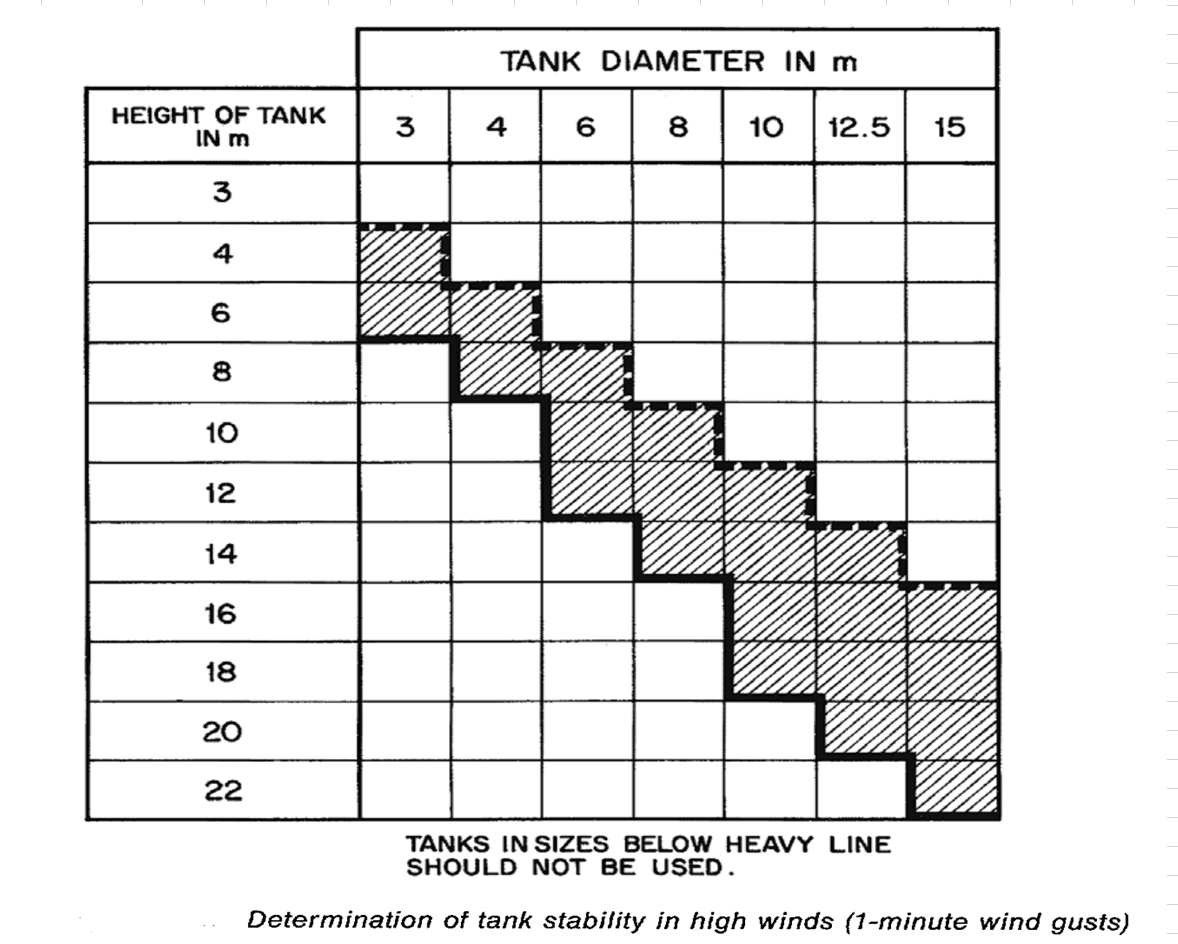Hello everyone,
I have a question about the API 2000 7th ed. but first I will explain the situation.
Situation:
We have several storage tanks that contain flammable liquids. Some tanks contain pure solvents and others contain mixtures. The venting systems of all these tanks are connected to a common vapor collecting system. Each tank is provided with nitrogen-blanketing.
1) Tank example containing pure solvents
· Volume: ± 72 m³ (tank is max filled up to 63 m³)
· In- and outflow: ±30 m³/h in and 7-14 m³/h out
· Design-pressure in/out: 4,18 bar/ 0,333 bar
· The nitrogen-blanketing on these tanks is a 'pressure-controlled' system. When the pressure inside the tank drops to a certain level, a valve will open and let nitrogen in until low over-pressure is reached again. When the pressure rises to high, another valve will open and the mixture of nitrogen and vapors is released in the vapor-collecting system until the low-overpressure is reached again. The low-overpressure in the tank is maintained between 30 mbarg and 200 mbarg.
2) Tank example containing mixture solvents
· Volume: ± 10 m³
· In- and outflow: ±30 m³/h in en 7-14 m³/h uit
· Design-pressure in/out: 3 bar / full vacuum
The nitrogen-blanketing on these tanks is a ‘constant flow’ system, a constant flow of nitrogen is introduced into the tank so low over-pressure of 15 mbarg is maintained inside the tank.
Solvents: ethyl acetate, acetone, tetrahydrofurane, isopropanol, toluene, ethanol, methanol,…
Question:
Are flame arresters required on these tanks according to the API 2000 7th ed. or not? Or is our inert-gas blanketing good enough?
First the API 2000 states
“3.5.2 Design Options for Explosion Prevention
…
Inert-gas Blanketing—An effective means of reducing the likelihood of a flammable atmosphere
inside a tank, when engineered and maintained properly."
But then in annex F
“This annex describes three tank inert-gas-blanketing design levels. All three levels provide comparable
flashback protection. Level 1 has minimum inert-gas-blanketing requirements in combination with a
specific flame-arrester classification. Level 2 has more stringent inert-gas-blanketing requirements with a
different flame-arrester classification. Level 3 has the highest inert-gas-blanketing requirements with no
flame arrester.”
But does this annex F applies to the ‘pressure-controlled’ blanketing-system and the ‘constant-flow’ blanketing-system?
Kind regards
wpeete

 FB
FB













